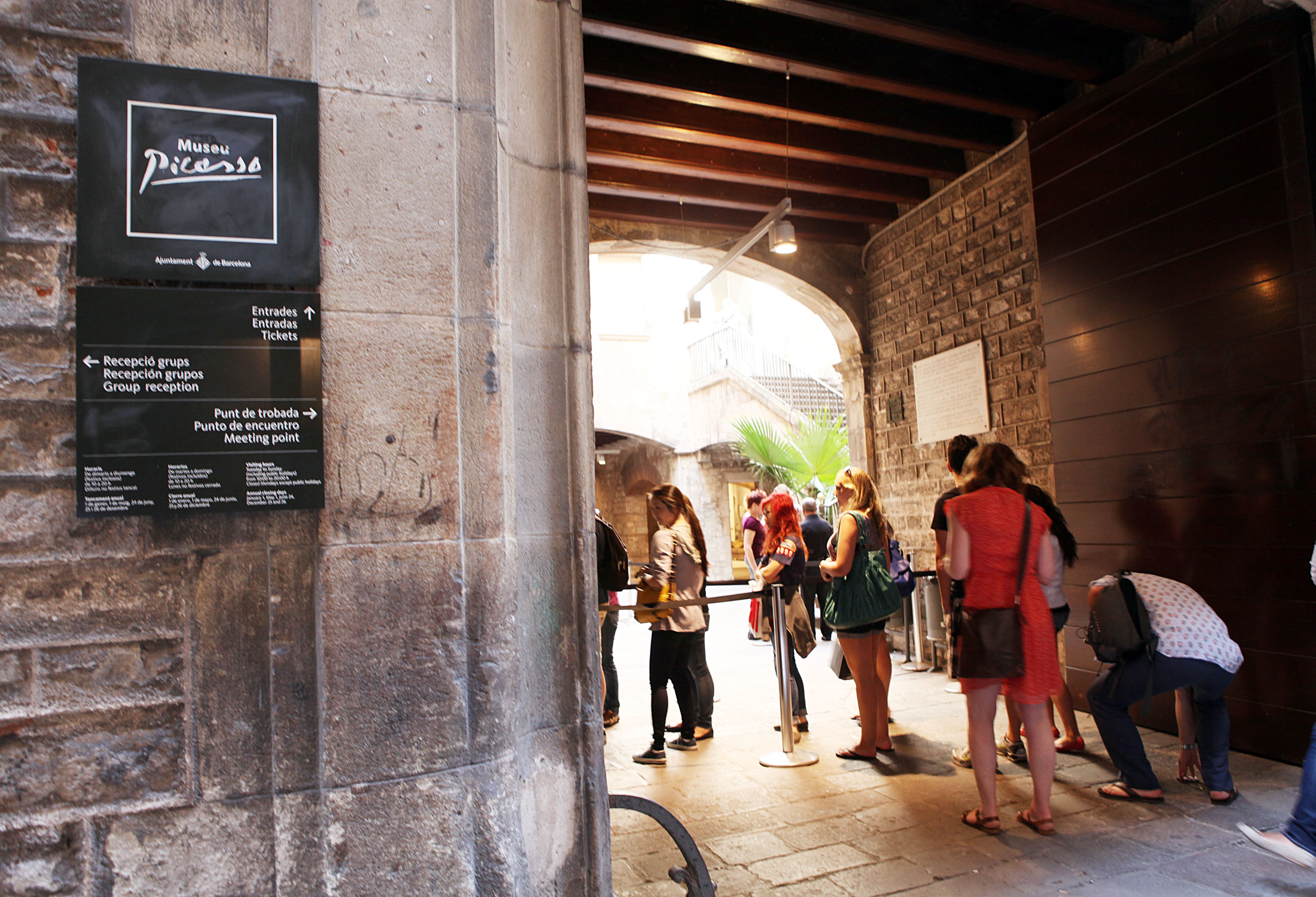Picasso Museum in Barcelona to expand its exhibition space this 2017
Barcelona’s Picasso Museum will add 1,150 m2 for exhibitions this 2017. This new area will be located on the second floor of the ‘Palau de les Finestres’, one of the five buildings composing the museum, which has been undergoing refurbishment. The Picasso Museum currently occupies five large town houses on Montcada street, in Barcelona’s old town, dating from between the 13th and the 15th century. During the presentation of the museum’s programme for this year, the Picasso Museum’s new director, Emmanuel Guigon, also announced that this year’s major exhibition will be ‘Picasso Portraits’, co-produced with London’s National Portrait Gallery, which will be displayed from March until June. There will also be three smaller exhibitions this 2017, some of them to be hosted in the restored area at the ‘Palau de les Finestres’.

Barcelona (CNA).- The Picasso Museum in Barcelona will see its exhibition space expanded this 2017. The facility, which currently occupies five large palaces on Montcada street, in Barcelona’s old town, has renovated 1,150 m2 on the second floor of the ‘Palau de les Finestres’, which had been undergoing refurbishment. Moreover, the Picasso Museum’s new director explained his aim to open the ‘patios’and other outdoor areas in order to expand the exhibition space. Besides these structural reforms, the main news during the presentation of the Picasso Museum’s programme for 2017 is the exhibition ‘Picasso Portrait’to be displayed from the 17th of March until the 23rd of June. The exhibition, co-produced by London’s National Portrait Gallery, will display about 80 pieces which show each of Picasso´s phases and illustrate all the different techniques he used, depicting his unique vision in portraits.
‘Picasso Portraits’ will be the major exhibition of 2017. The show, which is currently being displayed at London’s National Portrait Gallery, explores the place of caricature in Picasso’s portraiture, a subject that has not previously been explored in detail. The exhibition will contain paintings, sculptures, drawings and prints from all periods of the artist’s long career. It is being curated by Elizabeth Cowling, Professor Emeritus of History of Art at Edinburgh University.
Encouraged by his father when still only in his early teens, Picasso made numerous portraits from life of members of his family. By the late 1890s he had become adept at catching a likeness and in 1900 held a breakthrough exhibition of portrait drawings of the vanguard artists and writers in his circle in Barcelona.
Since he hardly ever accepted commissions and almost always painted people in his entourage, Picasso was under fewer constraints than professional portraitists. In seeking to pinpoint and interpret the peculiarities of his subjects’ appearance, demeanour and personality he habitually resorted to forms of distortion and exaggeration or adopted a style that carried appropriate expressive connotations.
Picasso’s attitude to portraying himself and his intimates had much in common with his attitude to ‘copying’ the Old Masters. He began pastiching the work of artists he particularly admired in the late 1890s, and continued to make free versions of Old-Master paintings for the rest of his life, especially after the Second World War when it became a consuming practice. Many of the masterpieces Picasso selected for this treatment were portraits and in old age he took to making caricatures of artists, like Rembrandt and Degas, with whom he felt special affinity. In examining this phenomenon the exhibition will raise questions about Picasso’s motivation in rejecting a relatively neutral or objective response to the subject in favour of a highly idiosyncratic vision that may seem disparaging in its violation of 'truth to appearance' and ‘decorum'.
Four other exhibitions
A smaller exhibition will open in April and will display a donation made by the artist himself to the museum in 1970 which were scattered in the family’s houses in Barcelona.
In October, the museum will host three simultaneous exhibitions which will explore Picasso’s delight for printed production, which was a shared passion with his two grandsons and his grand-grandson. The exhibition will include more than 150 prints.
‘Arthur Caravan, Dadà in Barcelona’, curated by the Picasso Museum’s director himself, Emmanuel Guigon, will explore the figure of this adventurous man, pointed to by many as the precursor of the ‘dadaist’ movement.
Finally, ‘Picasso Barcelona 1917’ reunites sketches, drawings and paintings made while accompanying Serge Diaghilev’s Russian ballets in the Catalan capital, after leaving Paris for a while.